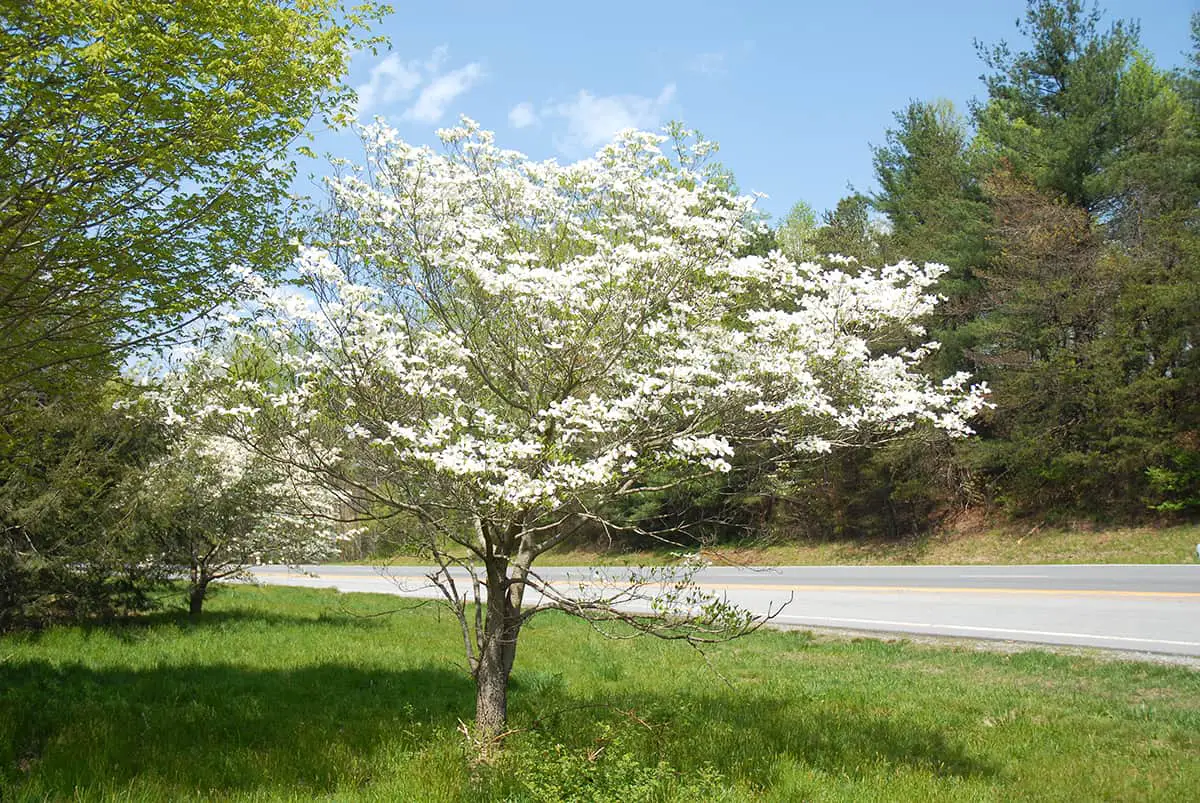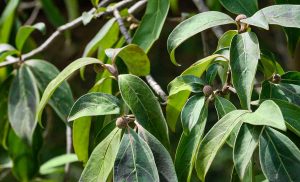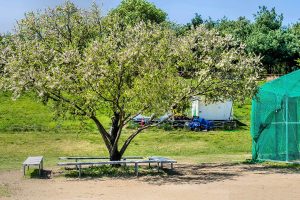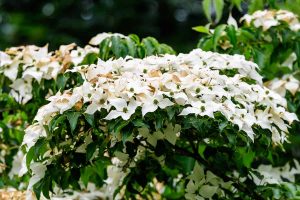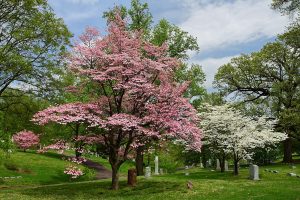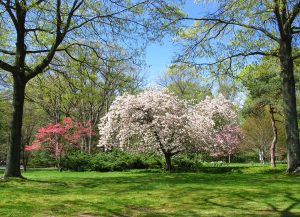Dogwood trees thrive in fertile soils and benefit from an abundance of nutrients in their growing mediums. While fertile soil will be dense in nutrients and be able to supply the dogwood tree with much of its nutrient requirements, these will be depleted over time.
To boost the available nutrients in the soil, frequent applications of fertilizer at the appropriate times will keep the tree in its best health. Dogwoods have high nutrient needs, so knowing which fertilizer to use and when to use it can be pivotal in the successful growth of your tree.
Table of Contents
When to Fertilize a Dogwood Tree

Young dogwood trees, or those which have recently been transplanted, are vulnerable and weak. They need time to acclimate to their new surroundings and to establish strong root systems. For this reason, dogwood trees should not be fertilized in their first year after planting or when they are smaller than 6 feet in height.
When the dogwood tree is tall enough or has been growing in its soil for at least a year, it can be regularly fertilized at suitable intervals. The first fertilizer application of the year should be in February or March. This will help to strengthen the root system and prepare the plant with the nutrients it needs to produce vigorous growth in spring.
This application of fertilizer will provide the energy that the dogwood used to send out lush foliage and an abundance of flowers. The next application of fertilizer should be around three months later, in May or June. This will give the tree a boost of energy to produce additional foliage, and it will also give it energy supplies to store through fall and winter. No further fertilizer applications will be needed until the following year.
Fertilizer Considerations for Dogwood Trees
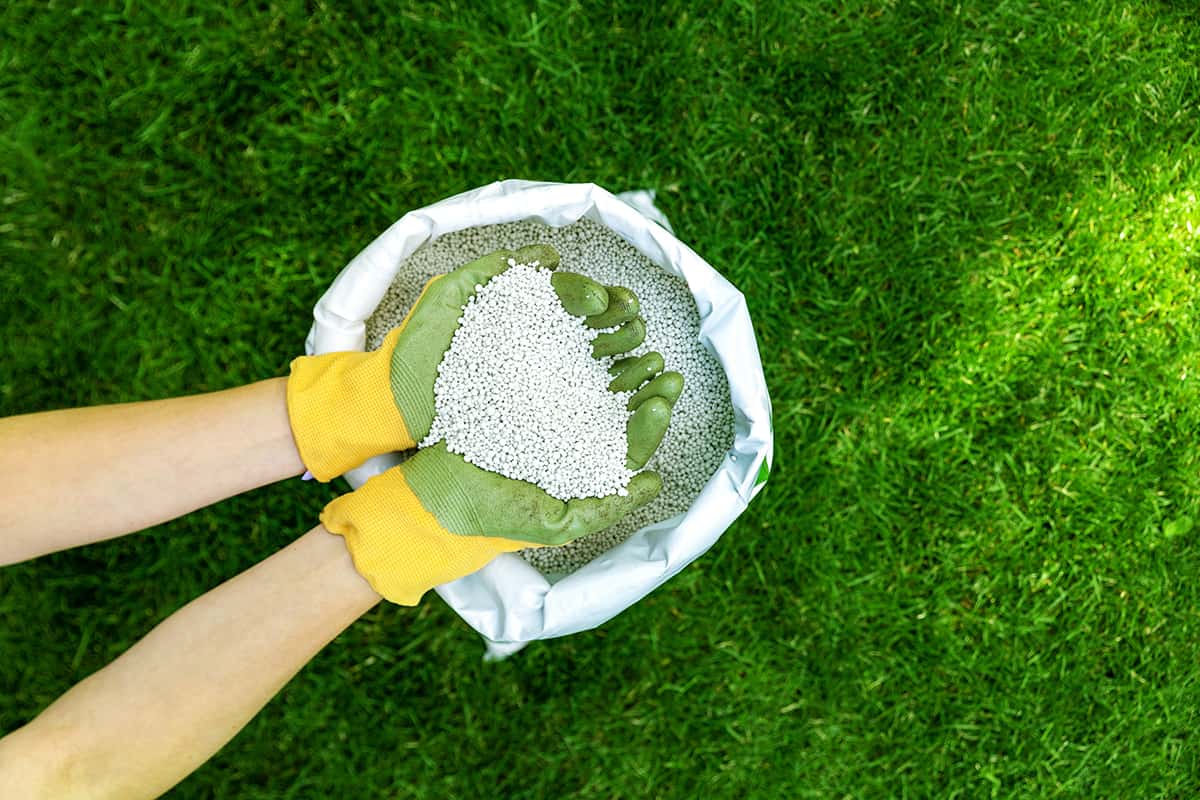
Liquid or Granular?
Granular fertilizers are best suited to dogwood trees because they release nutrients more slowly compared with liquid fertilizers. Dogwood trees have shallow roots, which can easily suffer from fertilizer burn if they are over-fertilized, and this can cause irreparable damage to the tree.
Using a granular, slow-release fertilizer is the best way to avoid this issue. If you have already purchased a liquid fertilizer, you can use it on your dogwood tree if you significantly dilute it with water before applying it. Always take care to apply fertilizer around the dripline of the tree, and don’t let it come into contact with the trunk of the tree.
Organic or Chemical?
Both organic and chemical fertilizers can be good options for feeding a dogwood tree, and this essentially comes down to personal preference. If you prefer organic fertilizers, then limestone works well because it supplies nutrients to the dogwood while also neutralizing the pH of the soil.
Dogwood trees prefer to grow in soil that is neutral to acidic, and if the soil has an alkaline pH, then this can stunt the growth of the tree. Limestone will help to amend the pH while also fertilizing the tree. If you opt for a chemical fertilizer, you can choose one which is specifically designed for acidic-loving plants, such as rhododendron fertilizer. This will work in a similar way to limestone, neutralizing any alkalinity in the soil while simultaneously providing essential nutrients.
Nutrient Composure
Fertilizer is composed of three primary nutrients; nitrogen (N), phosphorus (P), and potassium (K). These are referred to as N-P-K on fertilizer bottles. Fertilizers also contain other micronutrients, which can be found listed in the details on the side of a fertilizer tub or bottle. For dogwood trees, nitrogen is the most important nutrient because this is responsible for leafy growth and the production of chlorophyll which gives the leaves their bright green color.
Phosphorus is primarily responsible for the production of flowers and fruits, so this nutrient is less important since dogwood plants are not grown primarily for their flowers. Potassium helps to develop strong root systems, which are essential for all plants, but dogwoods in particular benefit from this nutrient since they have shallow and delicate root systems.
For this reason, the recommended nutrient composure, or N-P-K, for dogwood trees is 12-4-8. A higher level of nitrogen is important for average soils, but if your soil is lacking in nitrogen then you can opt for a fertilizer with an even greater proportion of nitrogen, such as 16-4-8.
How to Fertilize a Dogwood Tree
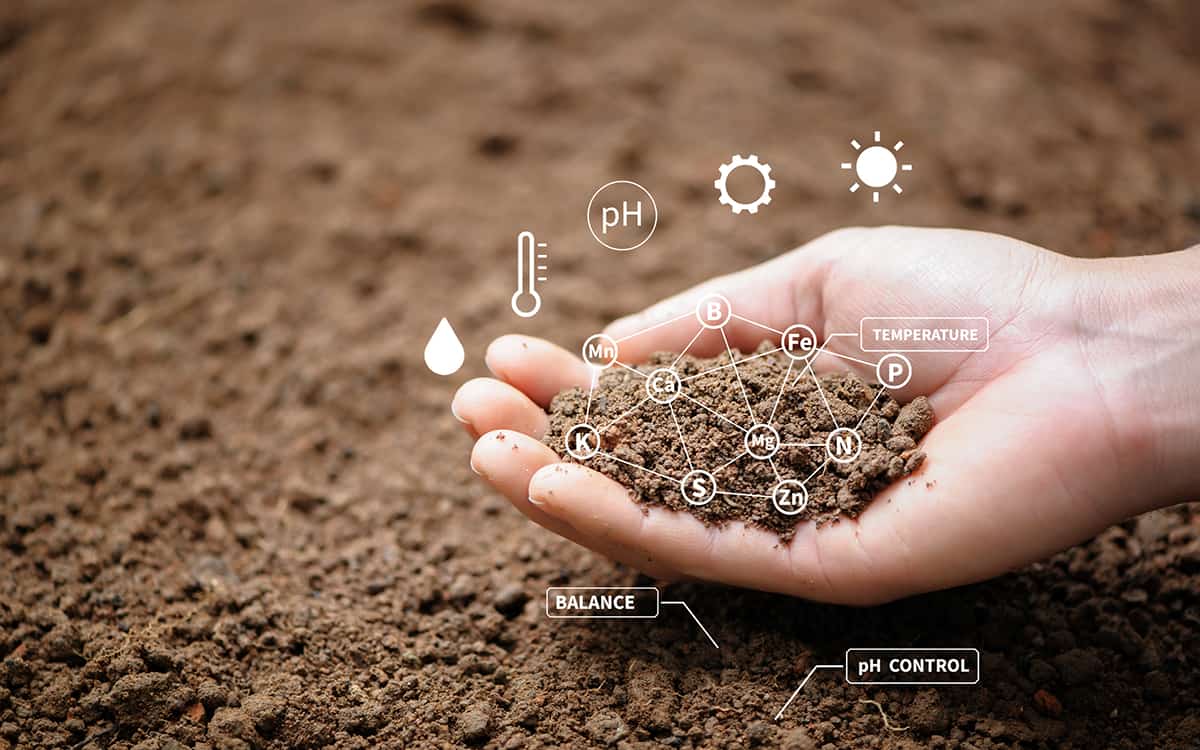
Test Soil
Testing your soil is not essential before you apply fertilizer, however, it can be very helpful in giving you a clear idea of which nutrients your soil is lacking. Testing the soil will also reveal the pH level so you can gain a better understanding of whether the soil needs amending.
Dogwood trees grow best in neutral or acidic soil, so if your soil test reveals an alkaline pH, then you should look at using a fertilizer that will help to neutralize the soil.
Select Fertilizer
Choose a fertilizer that is suitable for dogwood trees. It should contain a higher proportion of nitrogen than any other nutrient but not so high that the flowering ability of the tree is compromised. A balanced N-P-K of 10-10-10 is acceptable, but an N-P-K of 12-4-8 would be preferable.
Apply to Soil
The way your fertilizer should be applied to the soil will depend on the type of product you have chosen. Most granular fertilizers need to be worked into the soil. You can do this by pouring the fertilizer onto the ground in a circle around the tree, as close to the drip line as possible. N
ow use a trowel to work the granules into the soil, and generously water the soil so that the nutrients can be carried deeper into the layers of the soil. Some granular fertilizer does not need to be worked into the soil and can simply be poured onto the soil and watered in.
Be sure to read the instructions on the fertilizer so that you can apply it correctly. For liquid fertilizer, dilute the mixture and pour it around the dripline of the dogwood tree.
Best Fertilizers for Dogwood Trees
This granular feed from Miracle-Gro has an N-P-K of 18-6-12, making it ideal for soils that are lacking in nitrogen. It has been specially formulated for flowering trees, such as the dogwood tree, and it is also recommended for plants that favor acidic soil, like the dogwood tree.
This is an easy-to-apply formula that doesn’t need to be diluted or pre-mixed; instead, you just shake the bag and then pour it around the base of the tree at soil level. It is a slow-release fertilizer that can supply nutrients to the tree for a continuous 3 months.
This is a combination of fertilizer and pesticide, which protects shrubs and trees from pest infestations while also supplying essential nutrients. It can be useful for dogwood trees which are prone to pest infestations, to ensure good health and minimal maintenance for 12 months after each application. This is a granular formula that should be applied at ground level around the dripline of the tree, and watered in.
This fertilizer is designed to be used with plants that favor acidic soils. Dogwood trees prefer neutral to acidic soils, so this is a great fertilizer to use if you are growing a dogwood tree in soil that is creeping over toward alkalinity. The fertilizer will lower the pH of the tree while also providing the plant with the nutrients it needs to thrive.
This fertilizer has an N-P-K of 4-3-6, and should be applied around the dripline of the tree and worked into the soil before watering generously. It can also be applied to the soil before planting a dogwood in an effort to ensure the soil is fertile and help amend any issues with the pH. This formula is made up of natural components, including fish bone meal, kelp meal, cottonseed meal, and rock phosphate.
These fertilizer spikes are formulated especially for flowering shrubs and trees, and deciduous species. Most dogwoods fit into both of these categories, making Jobe’s Fertilizer Spikes a good option. These are provided in an easy-to-use spike which simply needs to be inserted into the ground around the tree’s drip line, resulting in no mess. This could be particularly useful to those with children or pets who worry about them coming into contact with the fertilizer.
The number of spikes needed per tree will depend on the size of the tree. It is recommended to use two spikes for every two inches of diameter of the tree trunk. The N-P-K of this fertilizer is 15-3-3, making it very high in nitrogen. This will aid the lush leafy growth of the dogwood and give the foliage a vibrant green color.
